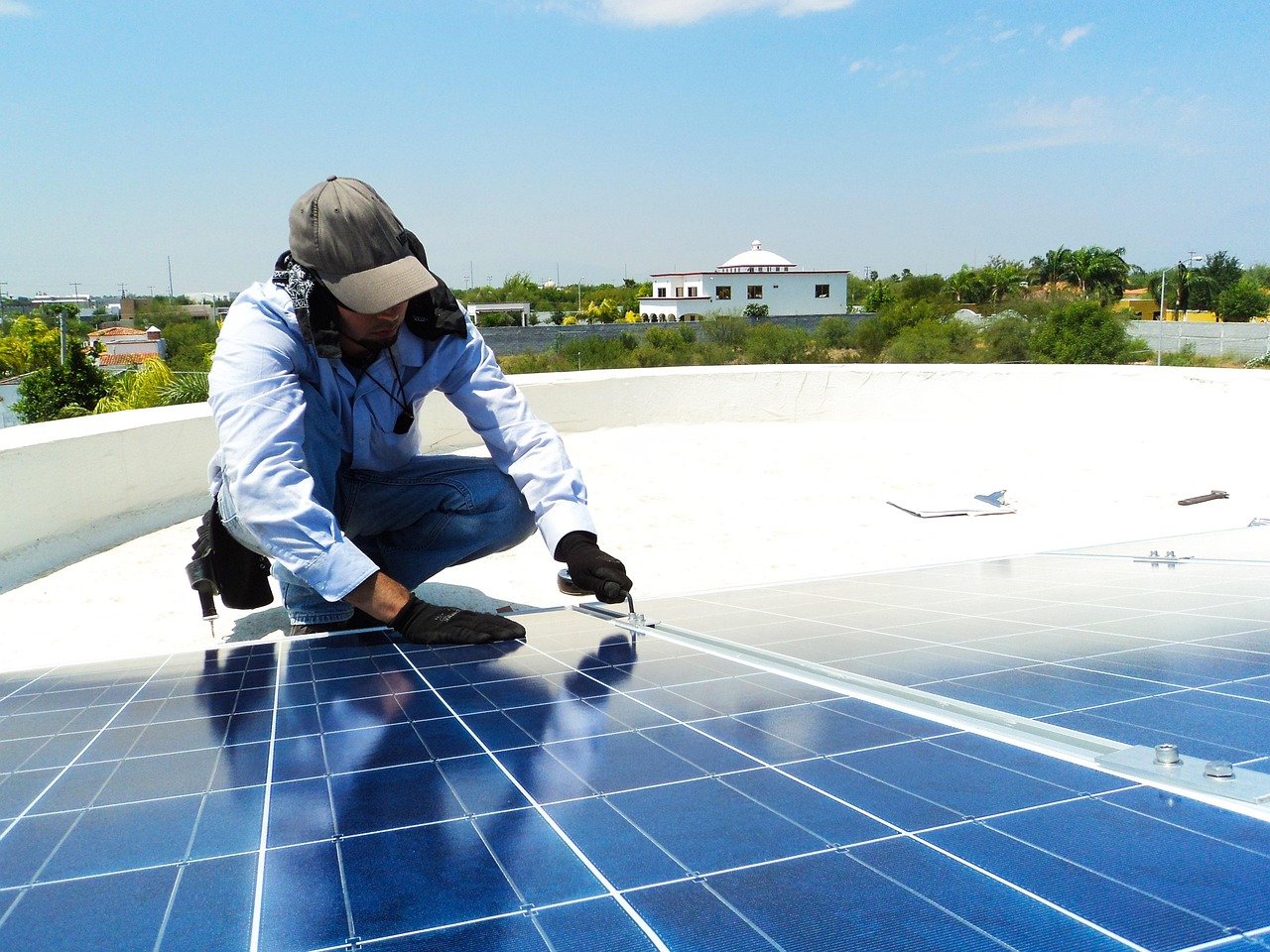Dr Andreas Procopiou
August is the month of peak electricity demand in Cyprus. Air conditioners run all day and night, and consumption climbs to record levels.
Under such conditions, one would expect that every kilowatt-hour of rooftop solar would be welcome on the grid. And yet, on several days this August, households saw their PV systems disconnected. Friends and relatives kept asking me the same question during the holidays: “With such high demand, why is my solar being cut off?”
The short answer is that curtailments are sometimes necessary for grid stability. But the deeper question is at what level they are justified. Historical data show that, at least for residential PV, the curtailments we experienced this August could have been avoided.
The simplest way to picture this is to think of the grid as a large water tank. Renewables are the clean taps, ready to fill it with clean water. Conventional power plants are the old taps of oil that cannot shut off completely and must always leak some water into the tank to keep it stable. If these old taps remain too far open, the tank fills too quickly, leaving no space for renewable water. The overflow is wasted, and that is exactly what curtailment means.
This concept of always keeping the old tap open, in power systems is known as “minimum conventional generation”. The lower it can be set, the more renewables the grid can absorb. The higher it remains, the more clean energy is forced to spill out.

To see how this played out, we compared two almost identical weekends: 17–18 August 2024 and 16–17 August 2025 (Figure 1). Both fall right after August 15, both had nearly identical demand curves, and both represent typical summer peaks. In 2024, conventional generation fell as low as 344 MW. In 2025, under the same conditions, it never dropped below 472 MW. The difference of 128 MW may sound technical, but in practice it meant that thousands of rooftop solar systems were curtailed, even though demand was at its highest.
This is why the public felt unfairly treated: their rooftop PV was not cut because demand was low, but because the grid operated with a higher “minimum conventional generation” than was technically necessary.
The consequences are clear: more fuel burned, more CO₂ emitted and higher costs for consumers. For these two days alone, more than 1,900 MWh of clean energy was curtailed. Had the system allowed conventional plants to run at 2024 levels, only about 300 MWh would have been lost. To put it in perspective, that wasted energy is more than the daily summer consumption of 60,000 households.
On top of that, it meant thousands of tonnes of additional emissions and tens of thousands of euros in carbon costs, a bill that eventually lands on the consumer.
Curtailments will always exist, but the data show they can and should be much lower. When the sun is at its strongest and demand at its peak, the last thing households should expect is to see their own clean energy thrown away.
Dr Andreas Procopiou is a former senior research fellow in Smart Grids at the University of Melbourne and research engineer at the Électricité de France R&D







Click here to change your cookie preferences